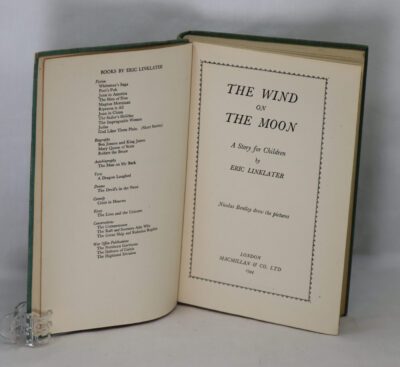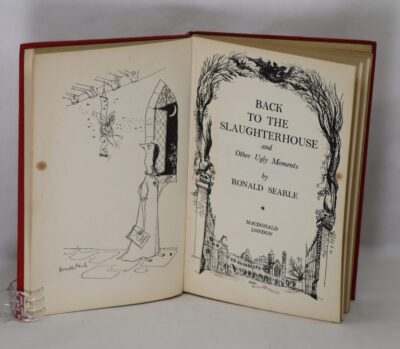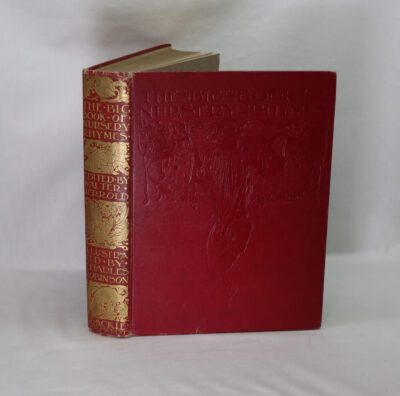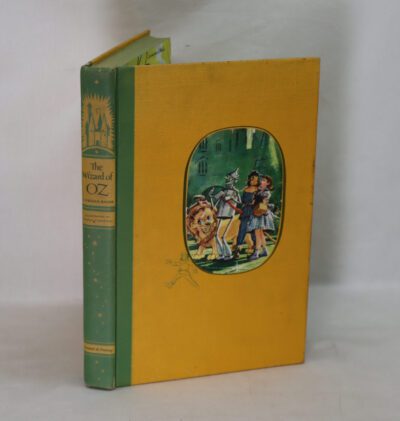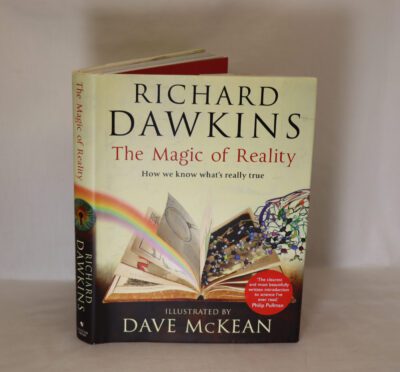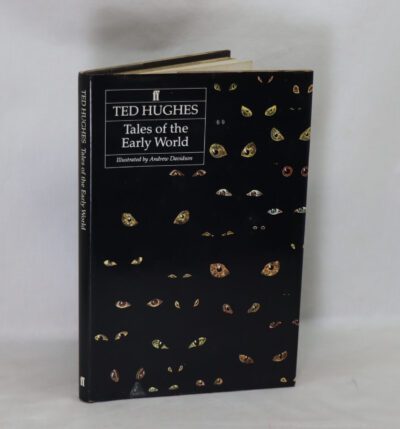The Willoughby Captains.
By Talbot Baines Reed
Printed: 1909
Publisher: Henry Frowde. London
Edition: New edition
| Dimensions | 15 × 20 × 5 cm |
|---|---|
| Language |
Language: English
Size (cminches): 15 x 20 x 5
Condition: Very good (See explanation of ratings)
Your items
Item information
Description
Navy cloth binding with schoolboys and title on the front board and the spine.
F.B.A. provides an in-depth photographic presentation of this item to stimulate your feel and touch. More traditional book descriptions are immediately available.
A good solid read.
Talbot Baines Reed (3 April 1852 – 28 November 1893) was an English writer of boys’ fiction who established a genre of school stories that endured into the mid-20th century. Among his best-known work is The Fifth Form at St. Dominic’s. He was a regular and prolific contributor to The Boy’s Own Paper (B.O.P.), in which most of his fiction first appeared. Through his family’s business, Reed became a prominent typefounder, and wrote a standard work on the subject: History of the Old English Letter Foundries.
Reed’s father, Charles Reed, was a successful London printer who later became a Member of Parliament (MP). Talbot attended the City of London School before leaving at 17 to join the family business in Fann Street. His literary career began in 1879, when the B.O.P. was launched. The family were staunchly Christian, pillars of the Congregational Church, and were heavily involved in charitable works. However, Reed did not use his writing as a vehicle for moralising, and was dismissive of those early school story writers who did, such as Dean Farrar. Reed’s affinity with boys, his instinctive understanding of their standpoint in life and his gift for creating believable characters, ensured that his popularity survived through several generations. He was widely imitated by other writers in the school story genre.
In 1881, following the death of his father, Reed became head of the company. By then he had begun his monumental history which was published in 1887. Along with his B.O.P. contributions Reed wrote regular articles and book reviews for his cousin Edward Baines’s newspaper, the Leeds Mercury. He was a co-founder and first honorary secretary of the Bibliographical Society, and a trustee for his family’s charities. All this activity may have undermined his health; after struggling with illness for most of 1893, Reed died in November that year, at the age of 41. Tributes honoured him both for his contribution to children’s fiction and for his work as the definitive historian of English typefounding.
Reed’s first response to the request for school stories for The Boy’s Own Paper was The Adventures of a Three-Guinea Watch, which ran for 19 instalments from October 1880 to April 1881. The travels of a schoolboy’s pocket watch are charted through school, university and, finally, India at the time of the Indian Rebellion of 1857. The school, “Randlebury”, is believed to be based, like “Parkhurst”, on information Reed received from friends who had boarded at Radley. The success of the story encouraged the B.O.P.’s editors to ask Reed to attempt a longer and more ambitious work. The result was The Fifth Form at St. Dominic’s, which became the favourite and most influential of all Reed’s stories. Extended over 38 episodes, each a self-contained unit within an overall plot, this was the first of a sequence of school stories, all serialised in the B.O.P. The boarding school milieu was repeated, with a few variations, in The Willoughby Captains (serialised 1883–84), The Master of the Shell (1887–88), The Cock-House at Fellsgarth (1891) and Tom, Dick and Harry (1892–93). Reed followed the suggestion of his editors by setting My Friend Smith (1882–83) in a different kind of school, a “modest establishment for the backward and troublesome”.] It was, however, the boarding school stories that endured and which became the standard model for school stories for many decades. All the serials were quickly issued in book form, and most were reprinted for the benefit of successive generations of boys, up to the 1950s. The model was imitated or copied by other writers for the next half century; according to historian Isabel Quigly, “Reed was a better writer than his followers, and has been diminished by their imitations.”
In a biographical sketch written in 2004, the historian Jeffrey Richards characterises Reed’s work as a mixing of the earlier school story traditions established by Dean Farrar and Thomas Hughes, crafted with a vivid readability. Reed dismissed Farrar’s Eric, or, Little by Little as a religious tract thinly disguised as a school story, and sought to produce something more “manly”. Many of the incidents and characterisations introduced by Reed in St. Dominic’s became standard elements in his subsequent stories, and in those of his imitators. Quigly lists among other recurrent features the stolen exam paper, the innocent who is wrongly accused and ultimately justified after much proud suffering, the boating accident, the group rivalries, the noble friendships. Adult characters are largely stereotypes: a headmaster known as “the Doctor” and modelled on Thomas Arnold of Rugby, “the jabbering French master (pointed beard and two-tone shoes)”, the popular games master, the dry pedant, the generally comic domestic staff. Reed established a tradition in which the fictional boarding school was peopled by such characters and was almost invariably represented in terms of “dark passages, iron bedsteads, scratched desks, chill dormitories and cosy, shabby studies”. Quigly suggests that one reason for the success of Reed’s stories and their long-lasting appeal is that they are not so much books about school as books about people. John Sime of the RTS, in a memorial tribute to Reed after his death, notes that the boys in the stories are recognisably of flesh and blood, with “just that spice of wickedness … without which a boy is not a boy”.
Want to know more about this item?
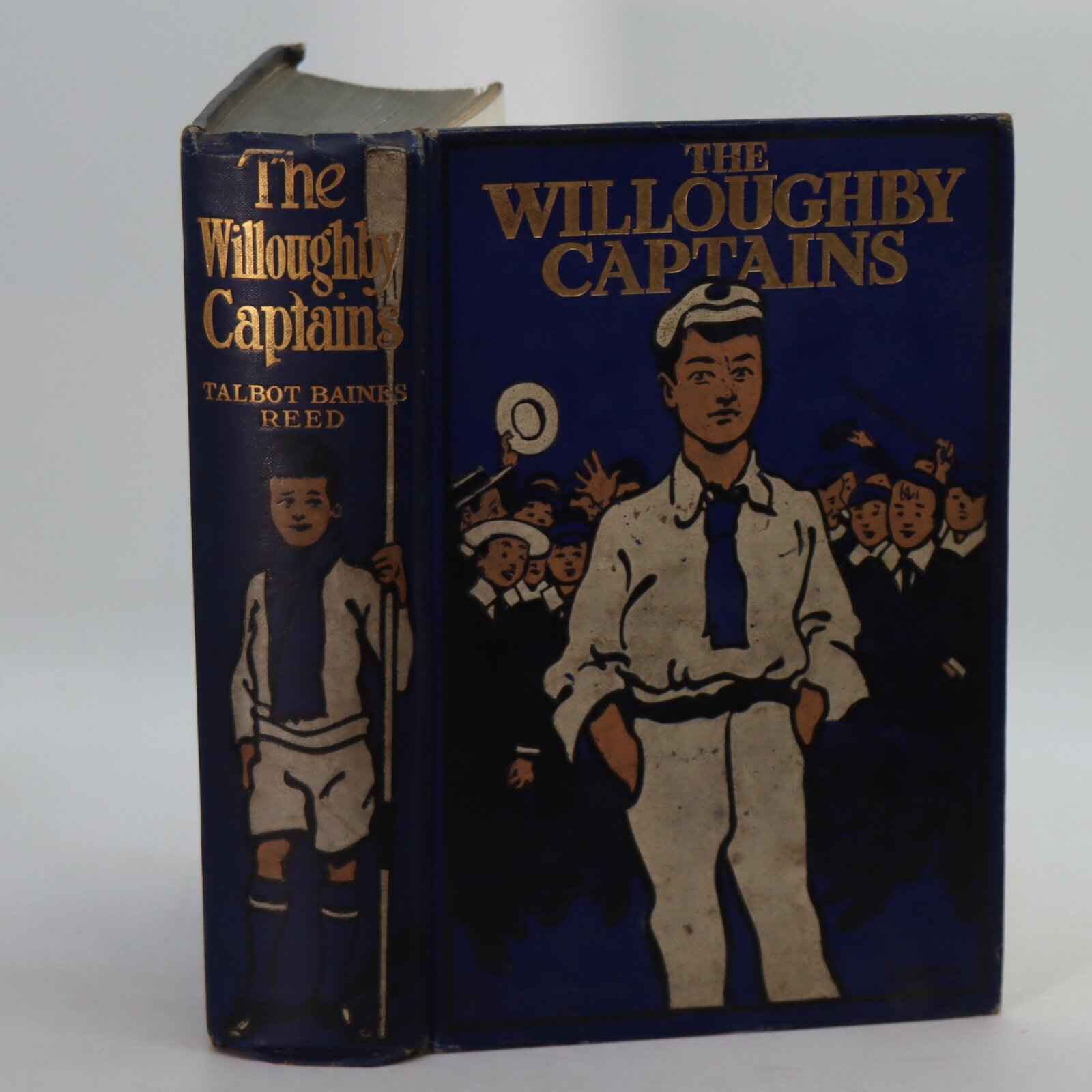
Related products
Share this Page with a friend



